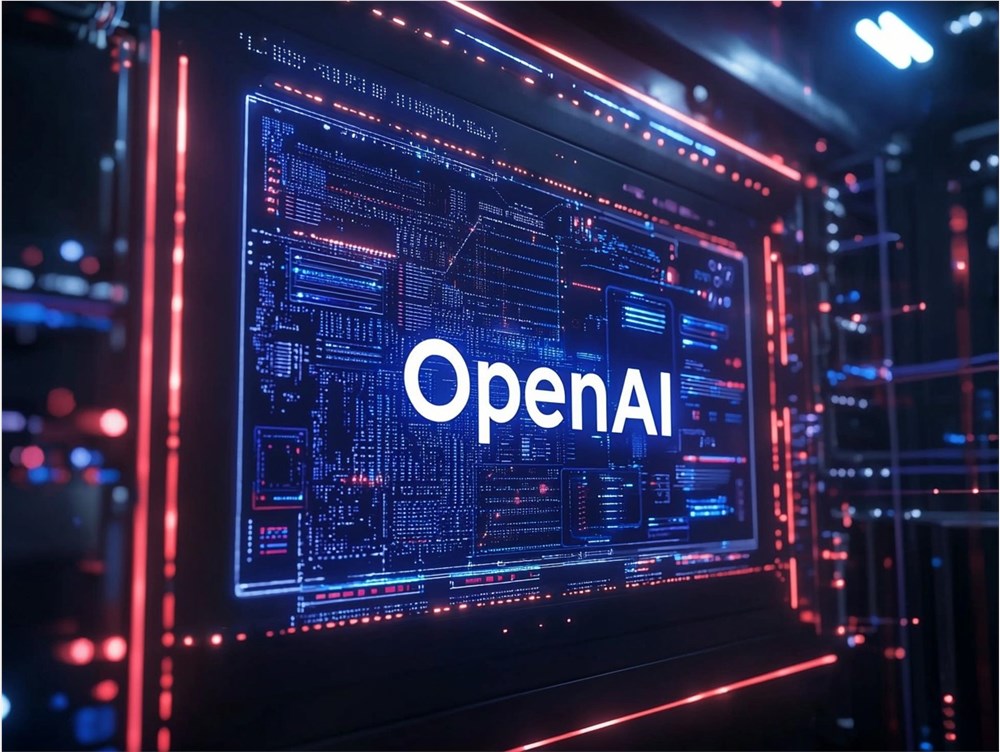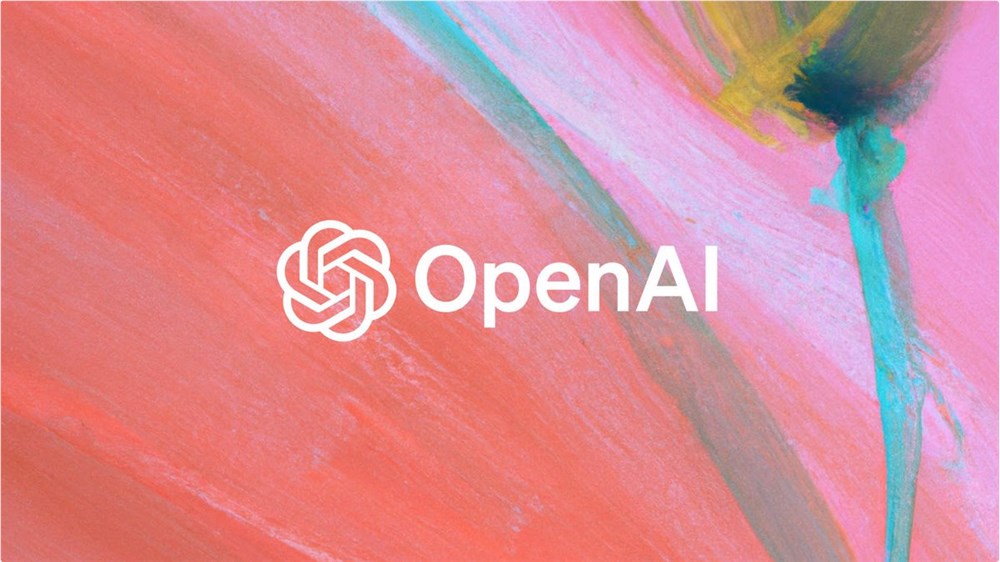Recently, the Arc Prize Foundation significantly revised the operational cost of OpenAI's o3 "reasoning" AI model. Remarkably, the cost per task skyrocketed from an initial $3,000 to $30,000. This change highlights the substantial expense of running cutting-edge AI models for specific tasks, posing a significant challenge for the industry.
Last December, OpenAI launched the o3 model and collaborated closely with ARC-AGI developers, showcasing its prowess in tackling complex problems. However, just months later, the Arc Prize Foundation drastically adjusted its cost estimate. The latest estimates indicate that the o3high configuration, the model's most powerful setting, costs approximately $30,000 (approximately ¥218,000 RMB) to solve a single ARC-AGI problem, a substantial increase from the previous estimate of $3,000 (approximately ¥21,821 RMB).

Image Source Note: Image generated by AI, licensed through Midjourney.
This dramatic cost increase underscores the high cost of advanced AI technology in specific applications. While OpenAI hasn't officially priced the o3 model, Mike K, co-founder of the Arc Prize Foundation, suggests using the pricing of the o1-pro model as a reference. He points out that the o1-pro model uses comparable computational resources to the o3high configuration during testing, offering insights into the true cost of o3.
It's important to note that the o3high model uses 172 times more computational resources than the o3low configuration when processing ARC-AGI tasks. This massive consumption of computational resources directly contributes to the soaring cost of o3high. Furthermore, rumors persist about OpenAI's plans to offer high-end, customized services to enterprise clients at a premium. According to The Information, OpenAI may offer AI "agents" similar to software developers, potentially charging up to $20,000 (approximately ¥145,000 RMB) per month.
While some argue that even the most expensive AI models are still cheaper than human contractors or employees, AI researcher Toby Ord points out that the efficiency of o3high may not be as high as expected. For instance, in ARC-AGI testing, the model required 1024 attempts to achieve optimal results.
As AI technology develops and commercialization accelerates, effectively managing costs while maintaining model performance will be a significant challenge for the industry.








